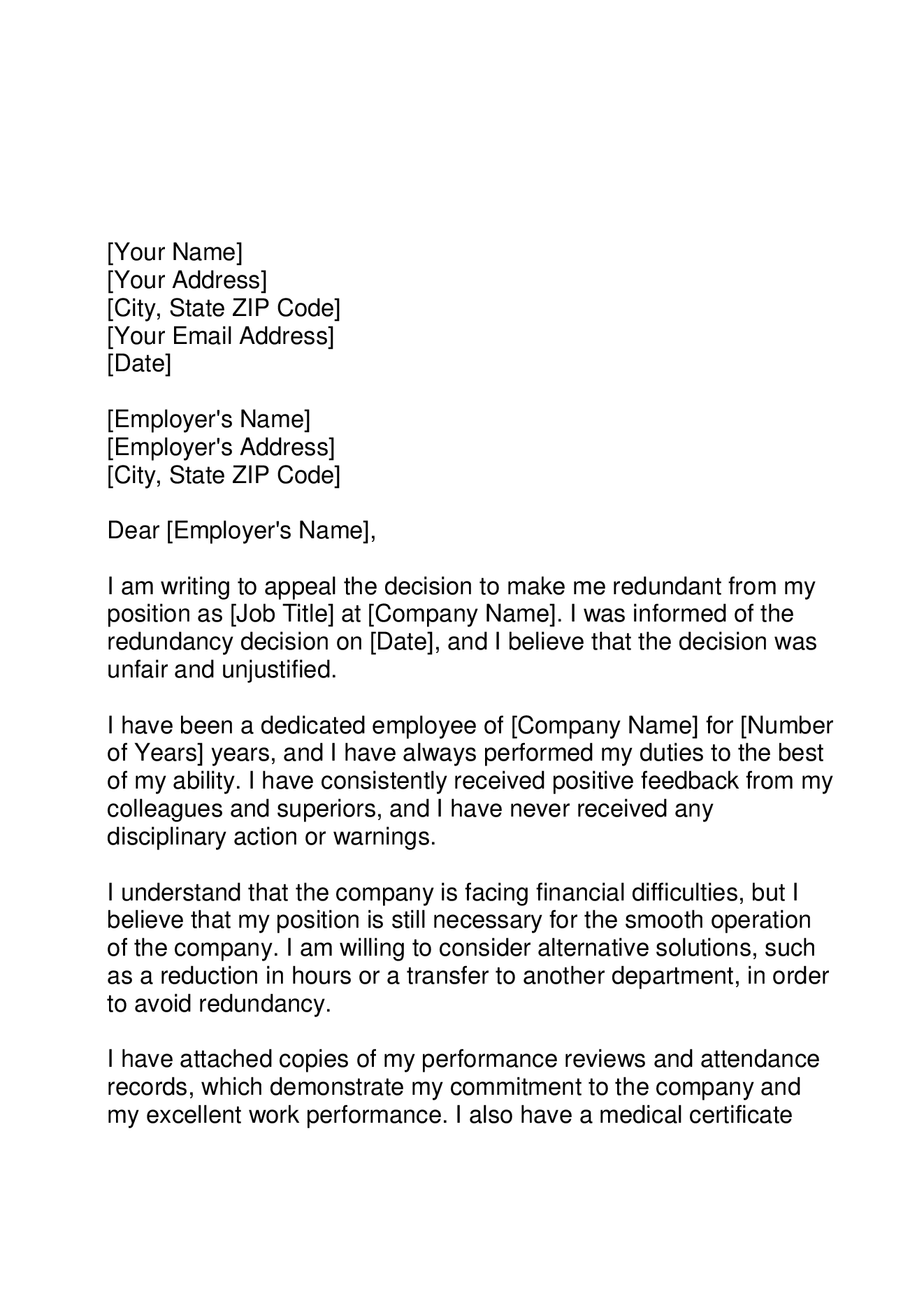How to Handle Redundancy Pay If Company Goes Bust: Trick Details for UK Employees
Exploring the Operational Characteristics of Business Redundancy and Its Long-Term Sustainability

Redundancy Approaches for Organization Continuity
In order to ensure uninterrupted operations, organizations should apply effective redundancy approaches for business continuity. Redundancy in this context describes the duplication of important parts or functions within a system to alleviate the influence of possible failures. By integrating redundancy methods, companies can boost their resilience against interruptions triggered by numerous factors such as natural disasters, devices failings, or cyber-attacks.
One typical redundancy approach is the execution of back-up systems and information storage solutions. This involves creating duplicates of vital information and systems that can be turned on in instance of a key system failing. In addition, companies can develop repetitive interaction networks and power sources to preserve connectivity and operations during unanticipated occasions.
Additionally, cross-training workers to do several functions within the business can function as an important redundancy strategy. If crucial workers are unavailable due to illness or various other factors, this makes sure that vital jobs can still be brought out even. In general, reliable redundancy approaches are necessary for companies to promote functional continuity and decrease the effect of potential disturbances.
Effect of Redundancy on Organizational Strength
Provided the critical duty redundancy techniques play in making sure company connection, checking out the influence of redundancy on organizational resilience ends up being necessary for comprehending the all natural operational characteristics of a company. Business resilience describes an entity's ability to adjust to disturbances, recuperate from troubles, and transform when essential while maintaining core features. Redundancy, when purposefully executed, can dramatically add to boosting an organization's durability despite unexpected difficulties. By having back-up systems, personnel, or processes in position, companies can better hold up against shocks and continue operations with very little disturbance.
Moreover, redundancy can bolster worker morale and confidence, understanding that there are contingency plans in position to deal with unanticipated scenarios. This complacency can bring about raised performance and look at this now an extra favorable workplace. Furthermore, redundancy can promote development and creativity within an organization as employees really feel encouraged to take computed dangers, knowing that there is a safety web to sustain them in situation of failure. In general, the impact of redundancy on business strength is extensive, shaping the long-term sustainability and success of a firm.
Balancing Performance and Flexibility in Redundancy
Achieving a harmonious stability in between operational efficiency and adaptive versatility is an essential obstacle in the strategic implementation of redundancy within companies. Also much adaptability without a strong operational foundation can result in inefficiencies and disparity.
To balance effectiveness and adaptability in redundancy preparation, companies must carefully evaluate their operational needs, market dynamics, and tactical goals. Executing lean methods can improve effectiveness by enhancing procedures and getting rid of waste, while fostering a culture of adaptability and continuous enhancement can increase adaptability. Additionally, buying cross-training programs and durable communication networks can assist cultivate a flexible workforce efficient in handling diverse jobs throughout periods of transition. Ultimately, finding the right stability in between effectiveness and flexibility is essential for building a sustainable and resistant organization despite unpredictability.
Long-Term Sustainability Via Redundancy Preparation
To make certain enduring viability and stability, organizations need to purposefully straighten their redundancy planning with long-term sustainability goals, consequently integrating functional efficiency with adaptive flexibility. Companies ought to see redundancy not as a reactive option to instant issues yet as an aggressive approach for lasting success.

Positive Actions for Lasting Firm Procedures
How can companies proactively improve their operational sustainability for long-term success? Carrying out aggressive actions is important for firms aiming to guarantee lasting procedures.
Additionally, promoting a society of constant improvement and knowing within the organization can boost versatility to changing market problems and consumer needs. Urging employee involvement in decision-making procedures and giving chances for professional growth can increase spirits, efficiency, and total performance. Establishing clear objectives, checking essential performance indications, and on a regular basis assessing progression are important elements of positive sustainability monitoring.
Collaborating with distributors, clients, and various other stakeholders to advertise sustainable practices throughout the supply chain can produce a causal click here to read sequence of positive effect - redundancy pay if company goes bust. By taking proactive actions towards operational sustainability, business can develop durability, drive advancement, and safeguard their lasting success in an ever-evolving company landscape
Final Thought

In the realm of organizational monitoring, the critical implementation of business redundancy stands as an essential yet go to my blog complex technique that demands a delicate equilibrium in between functional effectiveness and long-lasting practicality. By studying the functional dynamics that underpin company redundancy and assessing its more comprehensive effects for organizational strength and versatility, a nuanced understanding of exactly how redundancy methods can shape the future trajectory of a firm starts to unfold.Offered the vital duty redundancy strategies play in guaranteeing company connection, checking out the effect of redundancy on business strength ends up being imperative for understanding the all natural operational dynamics of a company. On the whole, the effect of redundancy on organizational durability is extensive, forming the lasting sustainability and success of a firm.
In verdict, recognizing the operational characteristics of company redundancy is crucial for guaranteeing long-term sustainability.